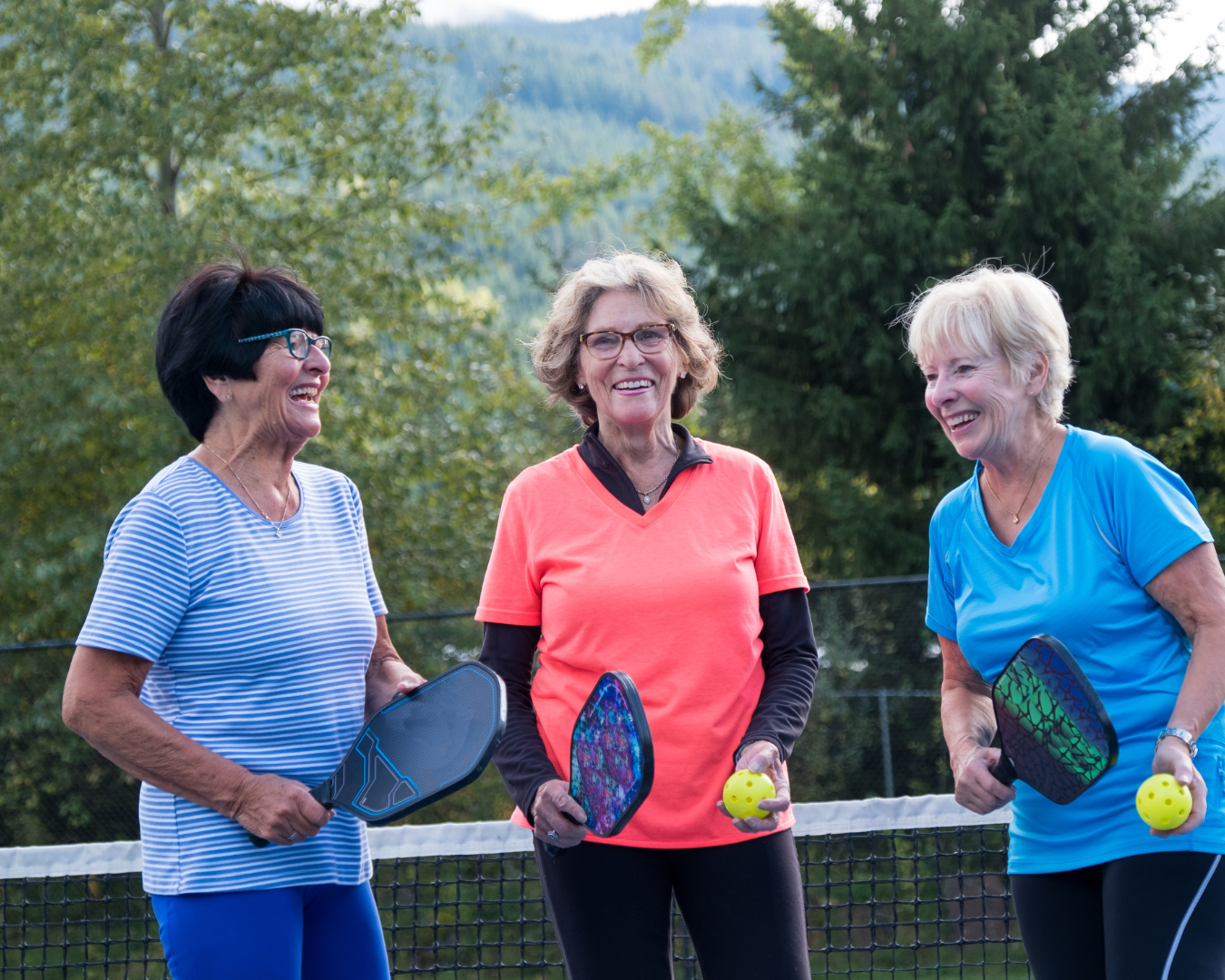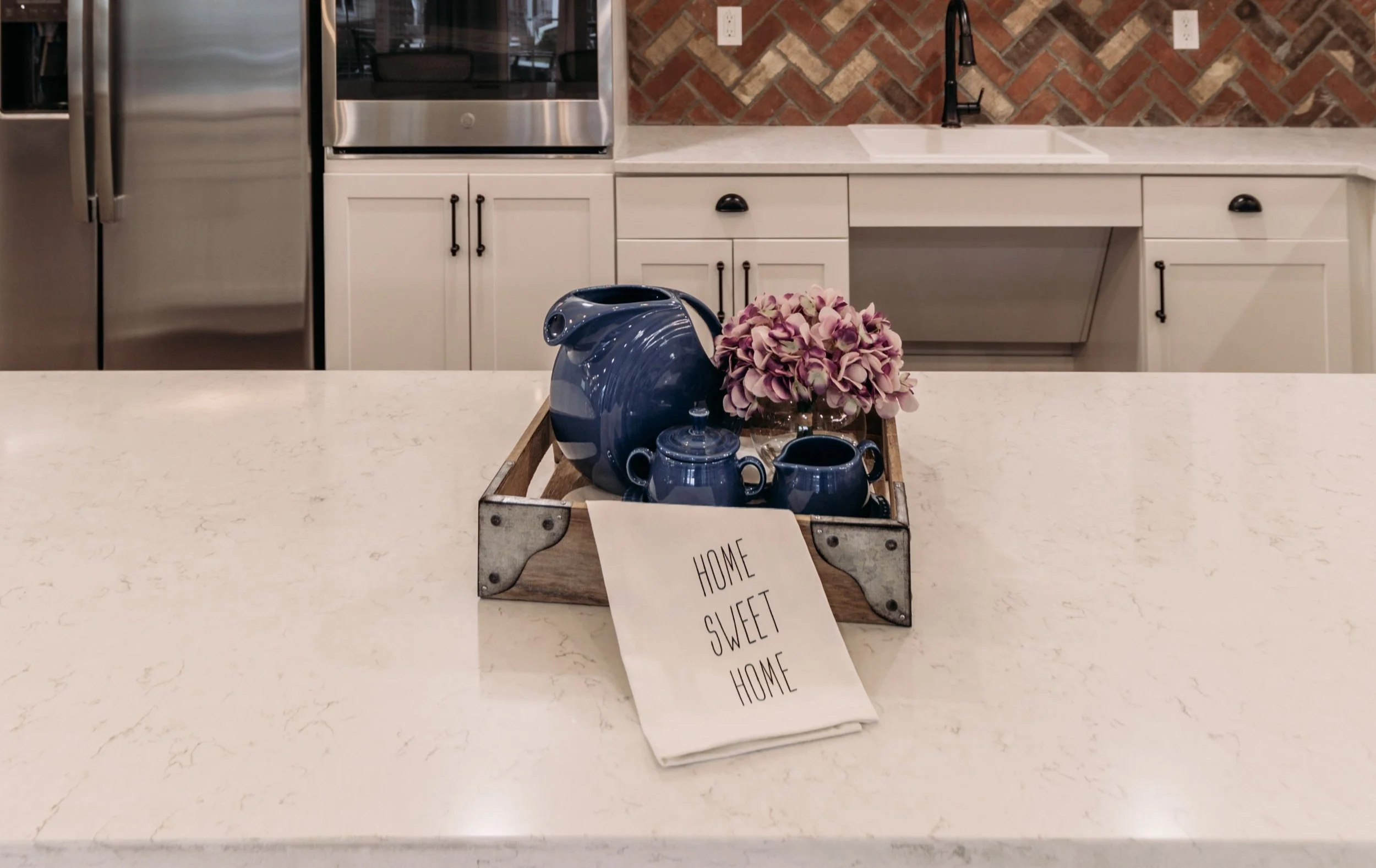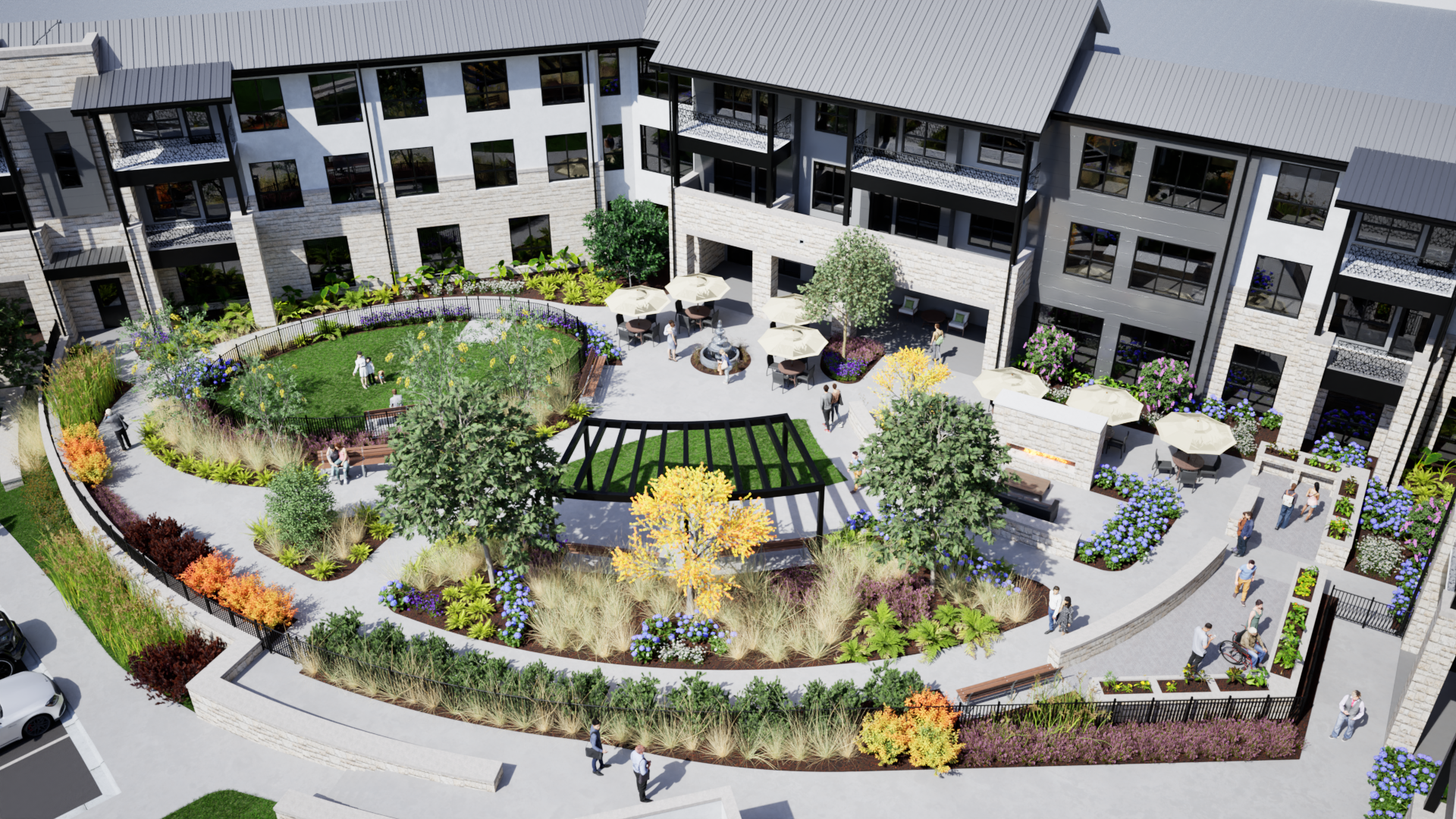Designing for Active Seniors Takes More Than Golf, Games, and Gourmet Food
Even during a pandemic, appealing to active seniors attracts move-ins and great word of mouth.
There are about 52 million people who are age 65 or older in this country. This demographic is expected to nearly double in size by 2060 to 95 million. Many of these are baby boomers and what are considered ‘active seniors.’ This market has over $1 trillion in spending power and a net worth that’s almost twice the U.S. average. So clearly this group presents tremendous opportunities for senior living developers, builders, owners, and operators.
It is important to understand who active seniors are and what they want. At one time, it was all about golf, book clubs, and brunch. But today’s active seniors are trying new pursuits, re-embracing old hobbies, challenging themselves physically and intellectually, working longer, and often reinventing themselves. These people are staying both active and healthy longer. Nonetheless, they are aware that with aging come challenges, and they want to be able to grow older in place and be prepared for the possibilities of illnesses and disabilities.
For active seniors, like most of us, the pandemic has reminded them about how important home and a sense of community are. With that in mind, consider some of these design elements and amenities that active seniors want and expect:
Downsizing…within reason. Part of the reason seniors often want to move to a community is that they want a more maintenance-free lifestyle. They don’t want huge houses to clean or repair, acreage to keep up, or pools to clean. They may want homes that are more compact and easier to keep tidy and maintain. At the same time, determine how amenities such as pools or gyms can entertain grandchildren and other intergenerational visitors without imposing on residents who prefer to live in an adult-only community.
Specialty dining. Seniors are used to getting whatever kind of food they want when they want it. Dining that varies from traditional dining halls to bistros, coffeehouses, ice cream/frozen yogurt shops, carry-out windows, wine bars, 24/7 access to snacks and light meals, and golf-cart drive-ins are gaining popularity. Depending on the community’s location, culture, and demographics, specialty dining such as vegan/vegetarian options and ethnic food can attract move-ins. Consider partnering with local restaurants, wineries, brew pubs, and distilleries for pop-up dining and happy hour events.
Professional level amenities. Forget just putting some clay and easels in a room and calling it an art studio. Whether they’re practicing or retired artists or aspiring painters, seniors want art studios that enable them to reach their potential. This means outside light, lots of storage space, and quality easels, kilns, and other equipment/supplies. Depending on your targeted clientele, consider individual art studios or workshops that residents can rent or use, music rooms or studios with cutting-edge acoustics and maybe some recording or audio/video equipment, or a theater where residents can hold events or put on performances.
Competition. Active seniors not only pursue more physical activities, they are more competitive. In addition to having pickleball, billiards, table tennis, and card tables onsite, it’s increasingly popular to have special events such as community Olympics, annual games, intermural activities, and even contests for writers, visual artists, gardeners, and others. These not only encourage and enable residents to stay physically and mentally active. They also promote socialization and a sense of community.
Business at its best. Seniors are working longer, and they are reinventing themselves after retirement. While it’s important to have recreation amenities, it’s increasingly essential to enable residents to continue working. Options such as fully equipped business centers, office space that can be rented or used on request, and/or onsite or pop-up stores with business supplies/equipment/technology increasingly will be attractive to active seniors.
The greater outdoors. Active seniors want more than just a walking path and generic garden. They want trails for hiking, biking, and jogging. They want gardens where they can grow flowers, herbs, and vegetables they can use, give away, and/or sell. They want meditation gardens and dog parks. They want space where they can visit and play with their grandchildren. Consider offering outdoor adventure tours or sightseeing trips to locations both regional and exotic, depending on your residents.
Let us help you create a community that will attract and engage active seniors and keep your buildings filled, regardless of what economic or societal changes come. Contact us here or call us at 512-231-1910.



















